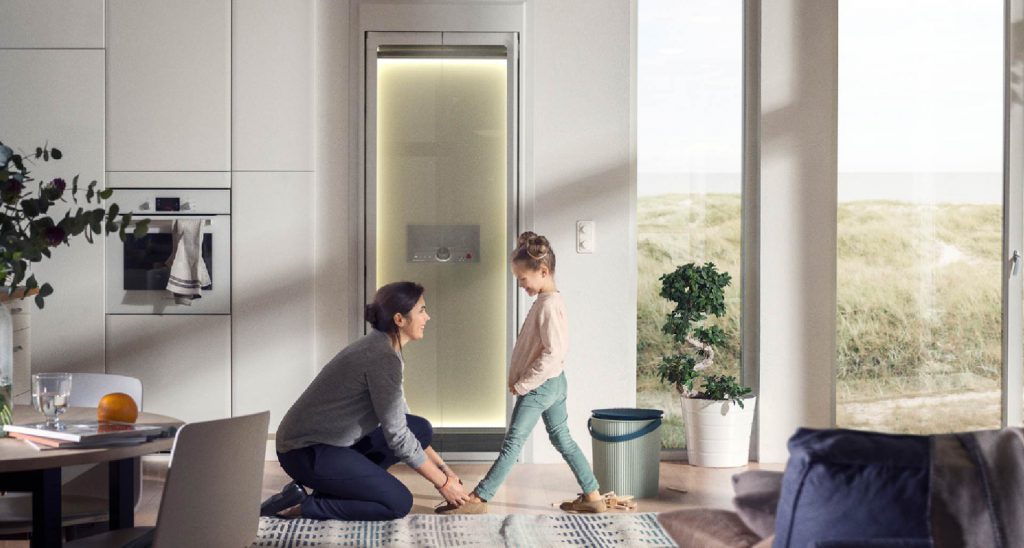As the population of the United States continues to age, multilevel living arrangements present a number of challenges for older individuals. These arrangements, which often involve homes or buildings with multiple floors, become increasingly difficult to manage as physical and functional limitations associated with aging begin to take hold. Let’s take a closer look at some of the challenges that older individuals face in this context:
Physical Mobility and Accessibility
As individuals age and transition to multilevel living, physical mobility becomes a significant challenge. The risk of falls and injuries increases as navigating stairs and moving between floors becomes more challenging. This is particularly problematic for the aging population who may experience mobility issues.
Safety and Fall Risks
For older adults, multilevel homes present a considerable risk for falls due to stairs, uneven flooring, and other architectural features. Falls are a major cause of injury in the elderly population, and multilevel living only heightens this danger.
Isolation and Socialization
Limited mobility caused by stairs and physical barriers in multilevel homes can isolate older adults, hindering their social interactions, attendance at events, and even neighborly communication. This loneliness and depression can be a result of such isolation.
Home Modifications
The housing industry often neglects the needs of elderly individuals when designing multilevel homes. Making homes accessible and age-friendly can require extensive modifications, including the installation of ramps, grab bars, stairlifts, and elevators. While some modifications are less expensive, others can be quite costly. Unfortunately, many contractors lack knowledge of the specific challenges that arise and the available assistive technology.
Maintenance and Upkeep
As individuals age, the upkeep of a multilevel home can become more challenging. Tasks such as cleaning, repairs, and general maintenance can become physically demanding and difficult to manage.
Healthcare Access
Limited mobility in multilevel homes can hinder older adults’ ability to access necessary healthcare services. This includes both routine medical appointments and emergency situations, where quick access to medical care is crucial.
Transition to Assisted Living
As individuals age, their health needs change and they may need to consider transitioning to an assisted living facility or other suitable care setting. Multilevel homes may no longer meet their care requirements, necessitating a move to a more appropriate environment. However, the expense of assisted living can be a significant burden, and many older adults are unprepared for this cost. Therefore, it is important for individuals to carefully consider the expenses associated with assisted living and compare them to the cost of modifying their homes to allow them to age in place.
Costs of Home Care
Individuals that need in-home care in a multilevel home can expect their cost of care to be higher than a home that is prepared for aging in place.
Cognitive Impairment
Multilevel living can pose significant challenges for individuals with cognitive impairments, particularly those with dementia. The risk of accidents and disorientation is heightened due to memory issues and confusion.
Lack of Age-Friendly Communities
Despite the growing need for age-friendly housing options, such as single-level homes and customized features for seniors, they remain scarce in the majority of the United States. The surge in land prices has forced builders to construct housing that is less accommodating to the aging population, making it increasingly challenging to locate single-level living homes. Unfortunately, the outlook for the future doesn’t appear to be any more promising.
While there are significant challenges to face, they are not insurmountable. It is essential to shift our perspective on how we approach our lives. It is prudent to explore innovative technologies and tools that can help us overcome these hurdles and lead more fulfilling lives. To make informed decisions about aging in place versus assisted living, it is essential to evaluate the advantages and disadvantages of home modifications and ongoing care expenses. When considering home modifications, seek assistance from a professional who is familiar with your specific needs and the requirements of the aging population.

